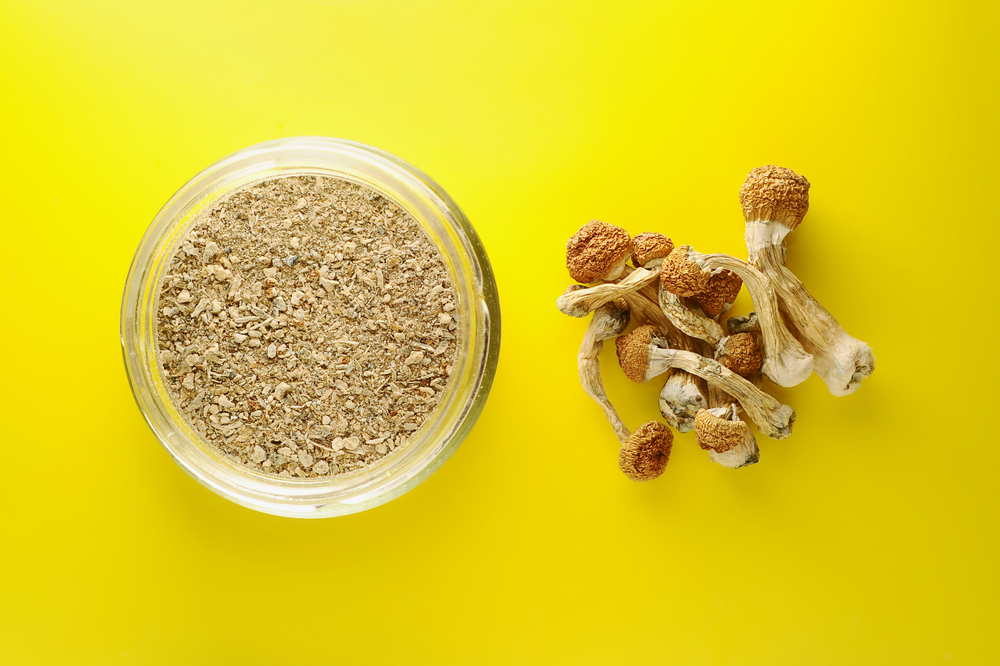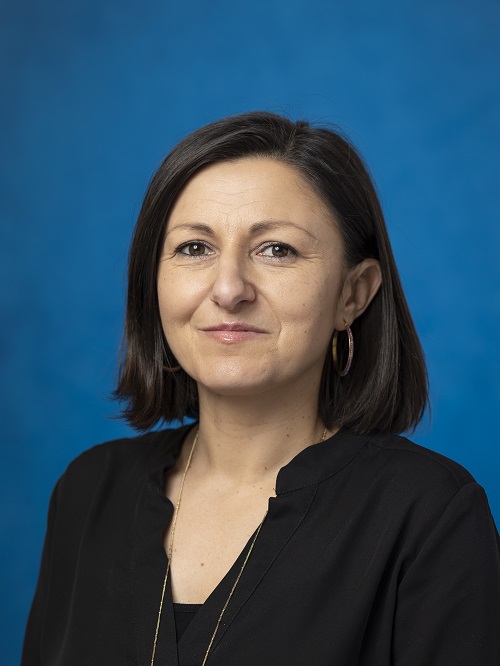Tilburg research on microdosing: ‘Students see it as a self-work tool’
More focus and better work performance thanks to a drop of psychedelic drugs. A growing group of people say they benefit from ‘microdosing’: taking small servings of magic mushrooms or LSD. Sociologist Ioana Pop conducted research on students who microdose. The initial results surprised her: “The major driver is not improving study results, but personal growth.”

Microdosing involves people taking very small portions of hallucinogenic drugs such as truffles, magic mushrooms, or LSD. Drugs that usually cause you to lose your grip on reality but, users expect, in microdose can cause all sorts of positive effects.
Not a hallucinogenic trip but improved mood and more energy, creativity and concentration. Some microdose users even mention reduction of headaches, anxiety and depression. That it is no longer a rare activity is evidenced by the many (and rapidly growing) digital platforms, like: “Microdose Pro Community” and “Microdosing Moms.”
Microdosing students
When sociologist Ioana Pop starts her research on microdosing students in 2019, she hopes to find 20 Tilburg students willing to share their experiences. She finds six, then the coronavirus pandemic strikes. Because many students leave town, it is difficult to find more Tilburg participants.

Pop and her colleague Jannis Dinkelacker, therefore, decide to contact various microdose communities, like Microdosing Institute community and eventually manage to find twenty-one test subjects. Eighteen of them install the app that allows the researchers to collect data. Fifteen men and three women. Most from the Netherlands, a few come from countries such as Finland, Greece, and the United States.
Pop: “In an hour-long interview we asked participants about their motivations and experiences with microdosing. In addition, participants took tests via an app and on the computer, and they filled out questionnaires focusing mainly on emotions.”
It is an observational study; the researchers are not doing any interventions. Therefore the call specifically states that the researchers are not providing psychoactive substances. They are not looking for students who want to microdose for science, but students who are doing it anyway. “Most students in the study use truffles and magic mushrooms, some LSD”, Pop continues. “We gave them the freedom to microdose as they are used to it. We didn’t impose a protocol on them, because we wanted to see if we could find effects if we just let them practice it in their own way.”
More emotions through microdosing?
What the researchers were particularly interested in, and what their first recently published scientific article is about, are the effects of microdosing on emotions. Especially, since there are many experience stories about the (positive) effects of microdosing on emotions, but little quantitative research has been done on it.
And so participants were called five times a day to report their moods. To what extent did they feel amused, loving, and grateful over the past few hours? Or perhaps did they feel embarrassed, guilty, or unhappy?
‘Users experience less joy, gladness, and happiness’
To place the study of emotions in a theoretical framework, Dinkelacker and Pop used a concept from positive psychology: emodiversity. A concept similar to the better-known term, biodiversity. In short: with a higher level of emodiversity, people experience many different emotions, and they experience them evenly. So they are not mainly sad or just happy, but they experience a range of emotions, positive and negative. And each emotion about equally often and equally intense. When someone experiences only a few emotions very intensely, you are talking about a low level of emodiversity.
Pop: “In the professional literature, there is evidence that microdosing makes you more aware of your emotional circumstances and that you also experience these emotions more strongly. So we thought that microdosing might result in an increase of emodiversity. Getting more insight into that was a goal of this study.”
Less happy, more amazed
The results were surprising. Pop: “We found no evidence that the richness of emotions was increased by taking small doses of hallucinogenic drugs. However, it does seem that some emotions are experienced more strongly or more weakly. Some positive emotions, such as awe, wonder, and amazement seem to be more prominent. But users also experience less joy, gladness, and happiness.”
However, Pop thinks that this decrease in joy does not necessarily prove that microdosing is negative for the user. She derives this thought mainly from the interviews with the various participants.
“What often recurred in those conversations is that students see microdosing as a tool to work on themselves. For example, they want to be more disciplined, work harder, achieve their goals, or be more present. They expect microdosing to help them do that. Not as a pill that solves everything, but as a tool.
“If you’re going through a process in which you’re actively working on yourself, it’s not always easy. Those fewer positive feelings can be an indication that they are really working hard on themselves. It may not be the happiest time of their lives, but the final outcomes can be beneficial.”
Microdosing as a tool
What particularly surprised Pop from talking to the participants is that very few of them microdose to improve their study results. Which is often the underlying reason for using drugs such as Ritalin and Adderall. Only three students listed “higher study results” as the main reason for microdosing, the others mainly wanted to work on personal and emotional problems or be more mindful.
‘Students expect that microdosing can help them achieve their goals’
Microdosing as a tool to become a better version of yourself? The results of the forthcoming second article on her research also point in that direction. “We asked participants how close they felt to their ’true self’ that day, and we inquired about their activities that day and how satisfied they were with them. We found that during the microdosing day, participants reported significantly higher satisfaction with their activities, such as cooking, spending time in nature, working, or studying.”
Ultimately, of course, the question remains whether those differences in feelings and behavior are due to the drug or to the underlying reason for taking that drug, the so-called placebo effect. It is one of the questions that any follow-up research could shed more light on.
About the fact there are still many questions to be answered, Pop is clear: “Our research shows that users, their routines, and their reasons for microdosing are so different that it might be better to do research on a more homogeneous group. You could also study men and women as separate groups. Especially in the area of emotions, there seem to be clear differences there. For example, the interviews showed that the women experience more negative emotions, such as social anxiety.”
Translated by Language Center, Riet Bettonviel






